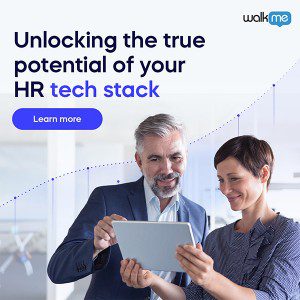Digital Adoption: The dawn of the employee-centric business
Driving successful change – it’s HR’s time to shine.
In the aftermath of the pandemic, the makeup of the corporate organization has shifted. If there’s one department that has catapulted to the top of the strategic totem pole, it is Human Resources. The employee experience became undeniably paramount due to global lockdowns that shuttered offices and forced entire enterprises to work from home. HR, the longtime guardians of the employee experience became uniquely strategic in maintaining organizational health, which is crucial for continued business growth and survival.
Now a new era is dawning. One in which the employee experience is central and inextricably tied to business success. The department silo has been forcibly shattered and the one format upon which they all converge is technology. The employee experience and the digital experience are now one and the same. The success of this one experience depends on both HR and IT. Two departments that used to have seemingly separate and noncongruent goals now must work together to drive a successful employee experience, which we know is the key to successful revenue growth.
Often, underlying digital adoption problems undermine the employee experience, and HR professionals don’t have the resources or tools necessary to determine the cause. The merging of HR and digital adoption is addressed holistically with a digital adoption solution. Here’s how.
Onboarding and training is endless
After the time and energy is spent on recruiting and successfully signing new hires, to fail to provide successful onboarding experiences would be nothing short of catastrophic for organizations. A tremendous amount of pressure rests on the shoulders of the HR department to retain employees, and nearly 30% of people who quit new jobs, quit within the first three months. New employees may or may not have in-person capabilities, but they will certainly have a digital experience, which will determine their onboarding success.
Onboarding for corporate employees requires the ability to use multiple software applications and learn how to do so quickly. The experience is often ridden with frustration, lack of sufficient guidance, and an overall feeling of defeat. Achieving digital adoption is achieving a state in which digital tools are being used as intended, and to the fullest extent. Employees not only rarely reach this state during their onboarding process, but often they don’t reach it at all. This means that the software investments that are intended to make the employee experience better, are in fact oftentimes making it worse.
WalkMe’s Digital Adoption Platform (DAP) drives user adoption from day one. The reason it’s able to fast-forward the training process is that it provides in-app guidance, pre-prepared automation, and cross-application functionality so that a new employee doesn’t need to memorize or “get used to” anything. The ability to simply open and navigate any and all software is instantaneous. Companies with DAP save an average of 50% in onboarding time and 60% in software training time. Expediting onboarding and training achieves an HR goal, is an employee experience win and is a strategic business initiative simultaneously.
Organizations need a digital source of truth
The individuals that make up an enterprise company seem so small in the vast landscape of a corporate machine, but HR professionals know better than anyone that talent is a company’s most valuable asset. Unhappy employees don’t stay long, and retention is an increasing challenge for HR departments. In order to make sure that there is visibility into the employee experience, it’s important to have insight into the processes, workflow, and software usage of each employee.
This sounds simple and obvious, but in fact, it is a huge problem for enterprises. While many applications offer insights into the usage of their own software, it’s an overwhelming and ultimately unhelpful way to try to assess an employee’s experience as a whole. DAP provides insights and analytics across all software. That means that management is able to assess the employee’s digital experience from a process perspective, rather than an individual application perspective. This ability provides one source of truth by which both employees and their managers can assess what is working and what isn’t. Where is the employee getting stuck? Why? What changes could be made to improve the experience? Insight is essential to accurately diagnosing and then solving a digital adoption problem.
When HR succeeds, the company succeeds
Finally, the centrality of the employee experience is recognized across all departments and executives. While HR remains the primary advocate for the employee experience, digital transformation will continue to prove that HR goals are in fact, essential business goals. WalkMe’s Digital Adoption Platform enables and supports the employee user experience while simultaneously cutting training and onboarding time and costs, and increasing organizational capacity to drive revenue. Digital adoption success empowers HR to be more strategic, valuable, and collaborative within the organizational structure.
Sign up to the UNLEASH Newsletter
Get the Editor’s picks of the week delivered straight to your inbox!

Head of UNLEASH Labs
Abigail is dedicated to connecting HR buyers with the technology and tools they need to succeed.

